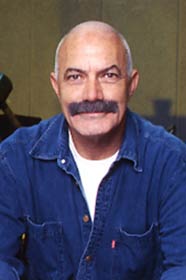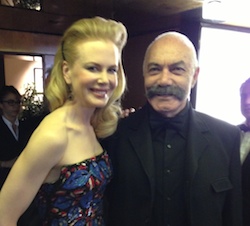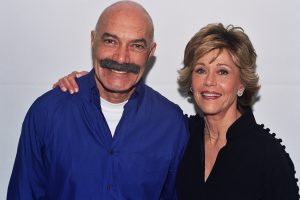Directed by Alfred L. Werker, and produced by Aubrey Schenck, the film is notable for its blend of supernatural fantasy and film noir against backstage melodrama.
It features one of the most sympathetic portrayals of a queer character for its time
On New Year’s Eve of 1946, Sheila Page stands over her dead husband Barney with gun in her hand. In panics, she seeks help from the friends, while wishing that she could live 1946 all over again.
On the way to see the trusted producer John Friday for advice, she tells the poet William Williams about her desire for a re-do exactly at the strike of midnight on New Year’s.
Her wish is granted and she is transported back to the beginning of 1946 with her husband alive. She attempts to relive the year without making the mistakes she had made throughout the year, but certain events repeat themselves, including Williams being committed to an asylum. Nonetheless, Sheila wonders whether there really is such a thing as fate.
The story climaxes again on New Year’s Eve, when her husband, a sloppy alcoholic hopelessly devoted to Paula Costello, a now-indifferent fellow playwright, becomes convinced that his spouse is trying to destroy him.
He violently confronts her, but her friend William, who believes in Sheila’s foresight, shoots him with her gun.
The film reversed the original story that involves Barney having been the one killing his lover before he relives the previous year and Sheila being a drunk. This was evidently done due to the perception that Joan Leslie could not play a villain.
William O’Farrell’s book, the Richard Basehart character called William Williams was a cross-dressing poet.
Remake
Repeat Performance was remade as a 1989 TV movie, Turn Back the Clock (1989) directed by Larry Elikann, and featuring Connie Sellecca, David Dukes, Jere Burns, Wendy Kilbourne and original cast member Joan Leslie.










